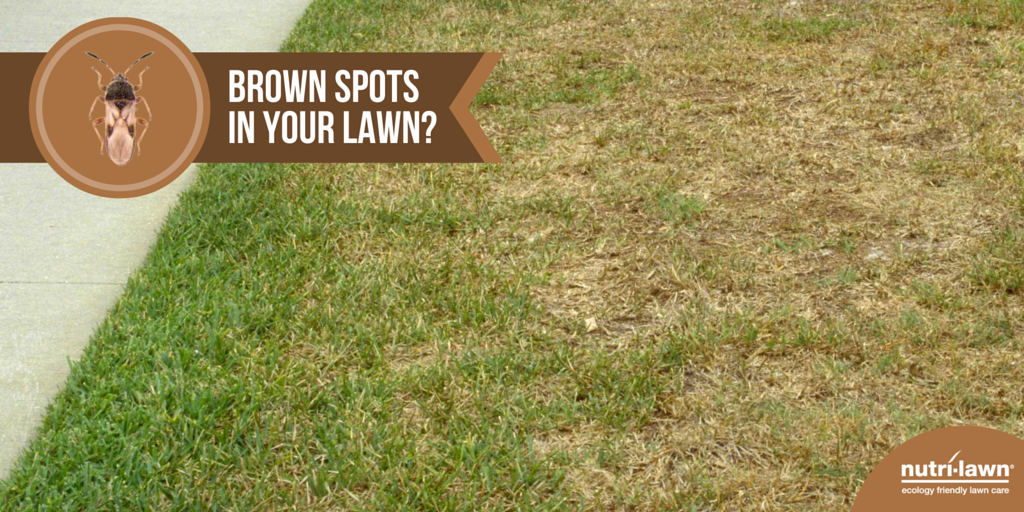
Are you finding unsightly spots on your lawn? Having a difficult time identifying what the problem is and how to fix it? It's time to put those rascals to rest with Nutri-Lawn Burlington lawn care services. Sometimes, the hardest part is figuring out what is causing the damage. After that, it's simply a matter of applying the right lawn maintenance techniques. Nutri-Lawn Burlington can help you begin the battle with these tips for identifying your pest, and by providing the services to fix the damage.
Damaging Pest: Japanese Beetles
Japanese beetles are slightly easier to identify than other pests because they're often visible. You can spot Japanese beetles crawling over your lawn, trees, shrubs, and gardens. You may even spot them munching on your flowers or berry patches. They're green and copper in colour, which make Japanese beetles stand out. If you have adult Japanese beetles, you're also likely dealing with Japanese beetle grubs. Thankfully, Nutri-Lawn Burlington has a simple solution for grubs.
Solution: Beneficial nematode species heterorhabditis bacteriophora
Beneficial nematodes are natural predators to grubs. These naturally occurring grub fighters will get rid of Japanese beetle grubs without causing any damage to your lawn, or bringing unnecessary health risks to your pets or family. The particular species of nematode that will help get rid of Japanese beetles is the heterorhabditis bacteriophora.
If you see an adult Japanese beetle, vacuum it up. You can also spray the areas of your yard that are under attack with cedar oil. These are natural, safe lawn maintenance techniques that will keep your lawn clean and your rose and berry patches safe.
Damaging Pest: Chinch bugs
Chinch bugs are miniscule, black-shelled insects. They find shelter in the thatch on your lawn, which makes them more difficult to spot than they already are at only 1/20 of an inch in length.
One of the simplest Burlington lawn maintenance tricks to use to figure out if you have chinch bugs is by using the coffee can with soapy water trick. Cut the bottom out of a coffee canister, and press the can an inch or two into the soil. Fill that with warm, soapy water and wait for the insects to rise. This will allow you to see if it's chinch bugs that are damaging your lawn.
Solution: Dethatching and insecticide
Despite their name, chinch bugs aren't necessarily gone in a cinch. It is going to take a little bit of work to get rid of these pests. The first step is to dethatch your lawn. When you dethatch, you remove the shelter and habitat for chinch bugs. Core aeration can also help dethatch your lawn.
The second step is to call Nutri-Lawn Burlington to get an application of surface insect control. This is the best way to address your chinch bug problem without having to do as much work on your own.
Banish lawn pests with Nutri-Lawn Burlington lawn care services. Begin your top quality lawn maintenance program today with a complimentary quote from Nutri-Lawn Burlington.






